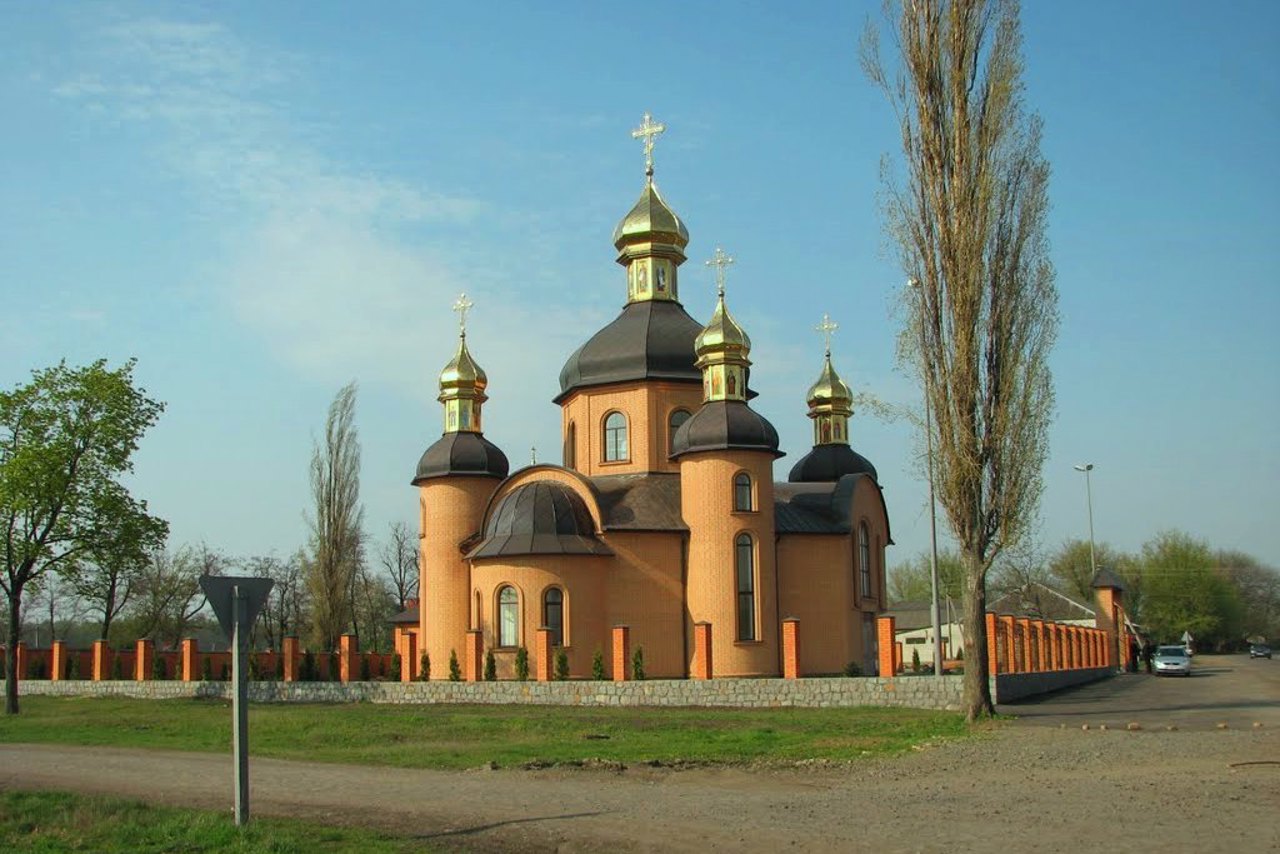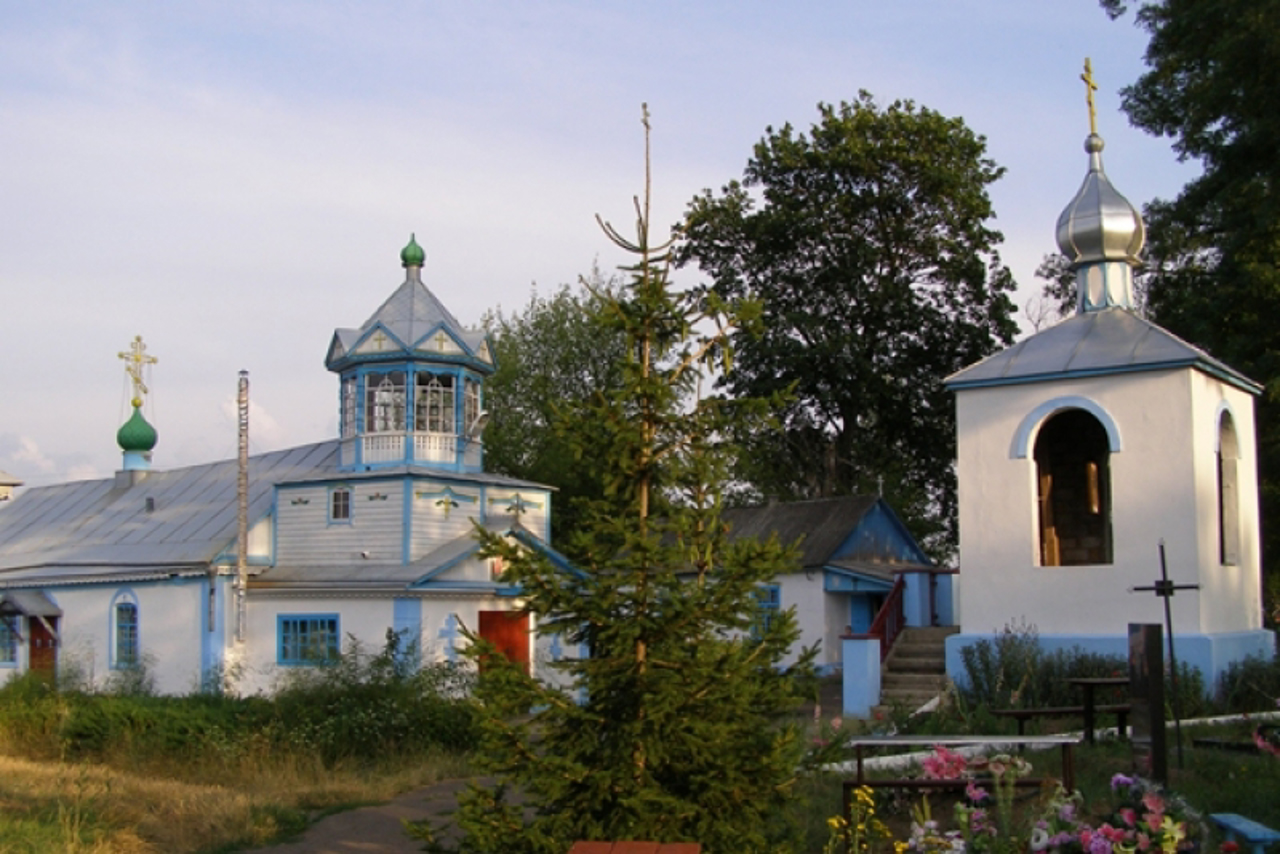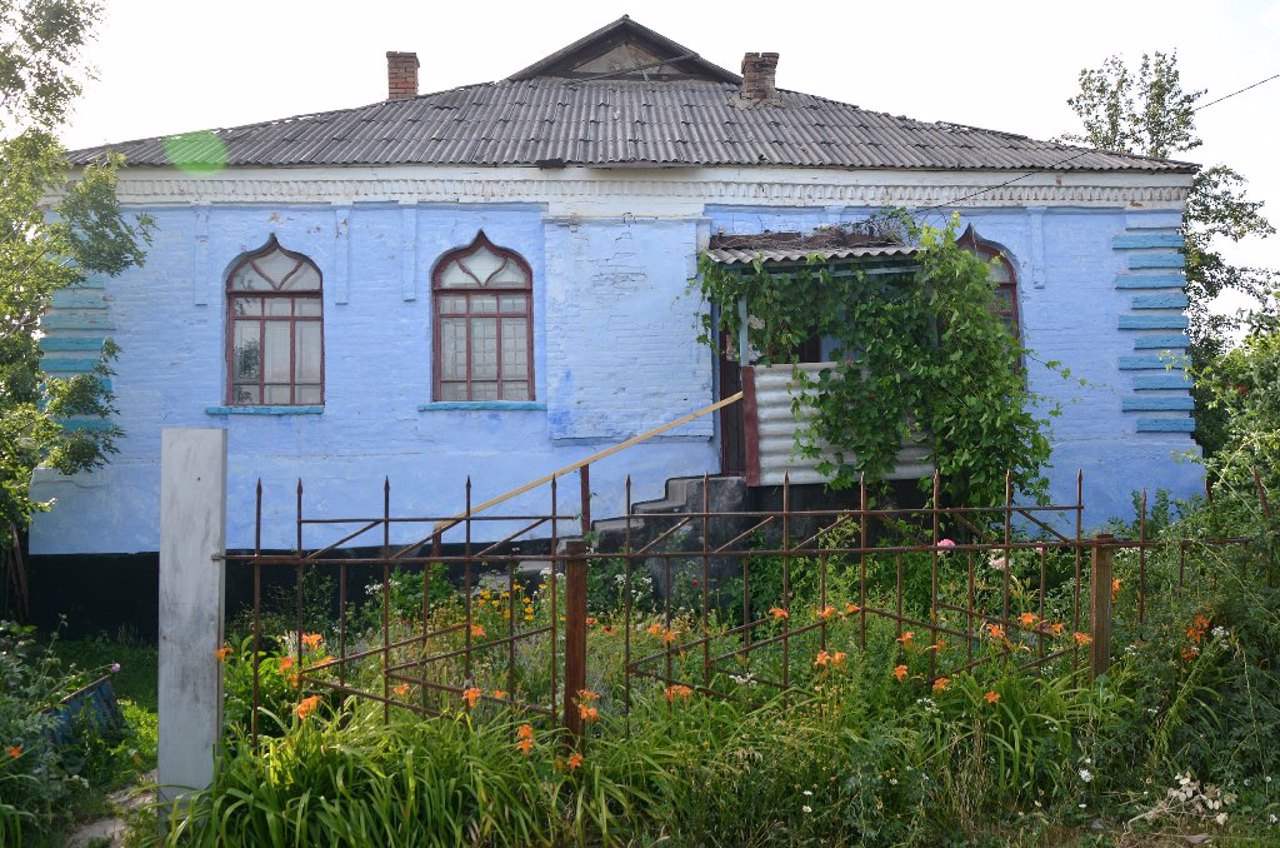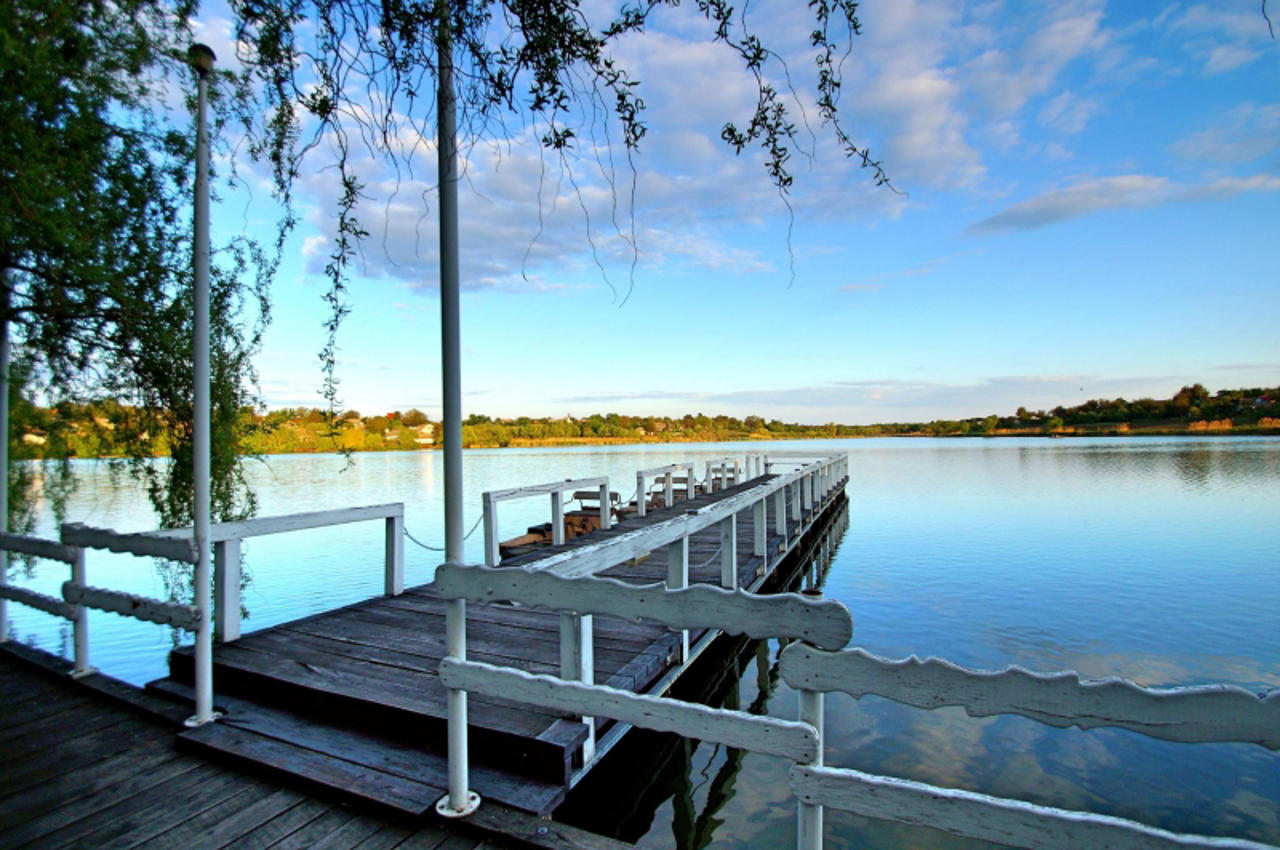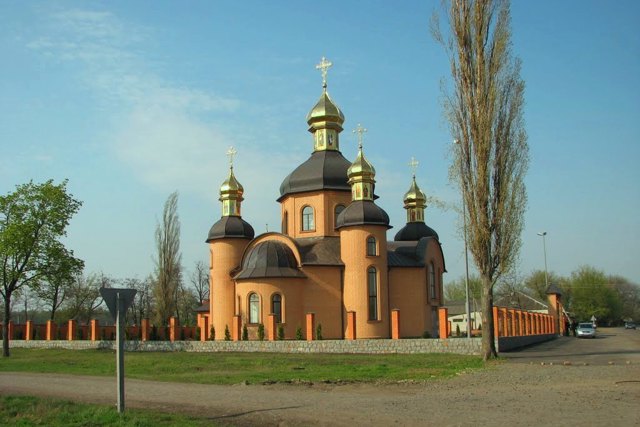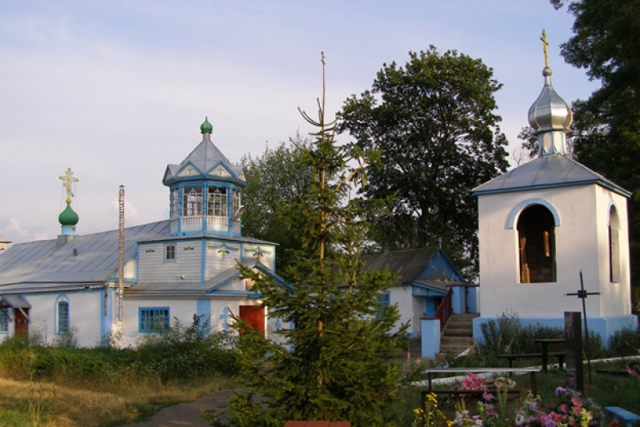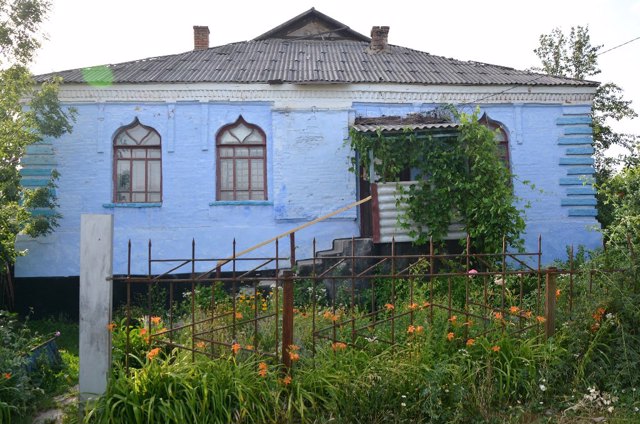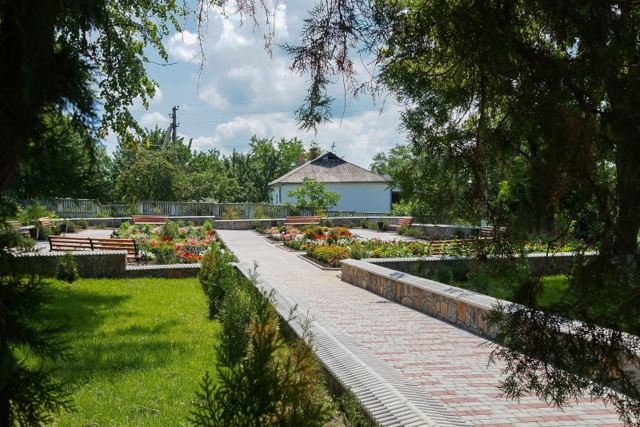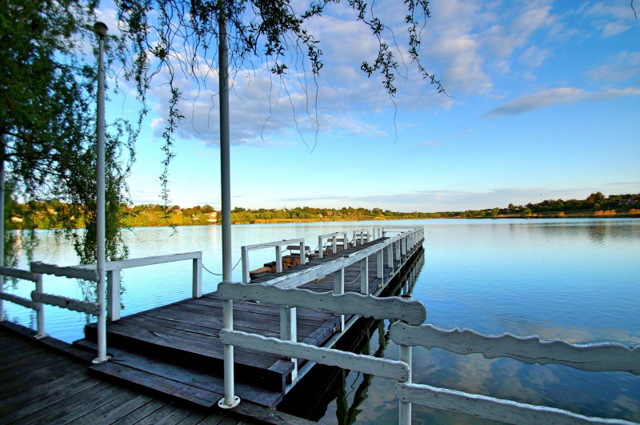Functional temporarily unavailable
Holovanivsk
Travel guide online Holovanivsk
General information about Holovanivsk
The town Holovanivsk on the Kaynara River is located 50 kilometers south of Uman, 20 kilometers east of the E-95 (M-05) Kyiv - Odesa highway, on the highway towards Mykolaiv. Before the Russian-Ukrainian war, Holovanivsk was one of the transit points on the renewed route from Kyiv to Crimea, just like in the old days, when there was a small settlement here on the Chumak's road.
According to one of the versions, the name of Holovanivsk is connected with the name of the founder - the Cossack Holovan. ...
The town Holovanivsk on the Kaynara River is located 50 kilometers south of Uman, 20 kilometers east of the E-95 (M-05) Kyiv - Odesa highway, on the highway towards Mykolaiv. Before the Russian-Ukrainian war, Holovanivsk was one of the transit points on the renewed route from Kyiv to Crimea, just like in the old days, when there was a small settlement here on the Chumak's road.
According to one of the versions, the name of Holovanivsk is connected with the name of the founder - the Cossack Holovan. According to another, more exotic version, the name comes from the word "Olbia", since it was here in ancient times that the boundary of the lands of the Pontic Olbia ancient Greek city was supposed to be here.
In the documents, Holovanivsk is first mentioned in 1757, but the official date of its foundation is considered to be 1764, when the Greek Catholic Church of John the Theologian, which still exists, was founded here at the expense of magnate Frantishek Saleziy Potocki. At the end of the 18th century, Holovanivsk acquired the status of a small town. The development was facilitated by the construction of the railway in 1890 and the opening of the station of the same name. The 130-kilometer long narrow-gauge railway Rudnytsia – Haivoron – Holovanivsk is still operating.
At the beginning of the 20th century, about half of the town's residents were Jews. One of the synagogues and the former Jewish school have been preserved. During the revolutionary events of 1918-1919, the Jewish community created the Holovanivsk self-defense units to protect against Russian pogroms, but Denikinians captured the city anyway. In 1920, during the Winter Campaign, the Black Zaporizhzhian Cavalry Regiment of the UNR Army was stationed in Holovanivsk.
During the Second World War, the Nazis tortured several hundred of the local Jewish population. In 2014, a memorial was erected on the site of a well near a hundred-year-old oak on the edge of the forest, where the Germans dumped the bodies of the executed.
Селище Голованівськ на річці Кайнарі розташоване за 50 кілометрів на південь від Умані, за 20 кілометрів на схід від траси Е-95 (М-05) Київ – Одеса, на трасі у бік Миколаєва. До російсько-української війни Голованівськ був одним із транзитних пунктів на оновленому маршруті з Києва до Криму, як і за старих часів, коли тут було невелике поселення на Чумацькому шляху.
За однією з версій, назва Голованівська пов'язана з ім'ям засновника – козака Голованя. За іншою, екзотичнішою версією, ...
Селище Голованівськ на річці Кайнарі розташоване за 50 кілометрів на південь від Умані, за 20 кілометрів на схід від траси Е-95 (М-05) Київ – Одеса, на трасі у бік Миколаєва. До російсько-української війни Голованівськ був одним із транзитних пунктів на оновленому маршруті з Києва до Криму, як і за старих часів, коли тут було невелике поселення на Чумацькому шляху.
За однією з версій, назва Голованівська пов'язана з ім'ям засновника – козака Голованя. За іншою, екзотичнішою версією, назва походить від слова "Ольвія", оскільки саме тут в античні часи нібито була межа земель давньогрецького поліса Ольвія Понтійська.
У документах Голованівськ вперше згадується у 1757 році, але офіційною датою заснування вважається 1764 рік, коли коштом магната Франтішека Салезія Потоцького тут було закладено греко-католицьку церкву Іоанна Богослова, яка існує донині. Наприкінці XVIII століття Голованівськ набув статусу містечка. Розвитку сприяло будівництво 1890 року залізниці та відкриття однойменної станції. Досі діє вузькоколійна залізниця Рудниця – Гайворон – Голованівськ завдовжки 130 кілометрів.
На початку XX століття близько половини мешканців міста складали євреї. Збереглася одна із синагог та колишня єврейська школа. Під час революційних подій 1918-1919 років єврейська громада створила загони Голованівської самооборони для захисту від російських погромів, але денікінці все одно захопили місто. 1920 року в Голованівську під час Зимового походу стояв Кінний полк Чорних Запорожців Армії УНР.
У роки Другої світової війни нацистами було закатовано кілька сотень місцевого єврейського населення. На місці колодязя біля столітнього дуба на узліссі, куди німці скидали тіла страчених, 2014 року споруджено меморіал.
Сплануй своє перебування у Holovanivsk
What to see and where to go in Holovanivsk
Tourist attractions and museums of Holovanivsk
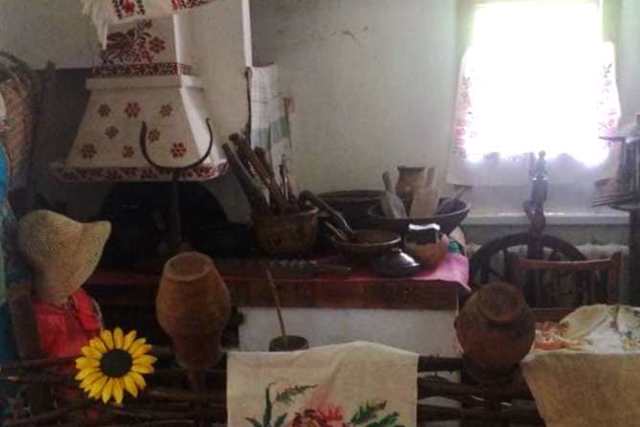
Holovanivsk History Museum
Museum / gallery
The Holovanivsk Town History Museum was opened in 1985 as the Holovanivsk District Museum of History and Local Lore. It is located on the second floor of the village center of culture and leisure. The museum's funds include more than 7,600 exhibits.
The exposition in nine halls tells about the historical events of the Holovanivsk region from the settlement of the region to the present day. In particular, objects from the Stone Age, artifacts of the Trypillia culture, and things from the time of the Cossacks are presented.
In the exposition "Ukrainian Room" you can see a reproduced fragment of a Ukrainian house with a stove, household items of antiquity and mannequins in Ukrainian clothes. Cones, spindles, spinning wheels and details of workbenches, yokes and chains, rakes and pitchforks, roof tiles give an idea of the traditional life of a Ukrainian village.
The following expositions tell about the revolutionary events of 1917-1922, the Holodomor of 1932-1933, the Second World War and the reconstruction of the national economy. The exhibition "Holovanivsk region artisans" presents the works of local masters of decorative and applied art and visual arts.
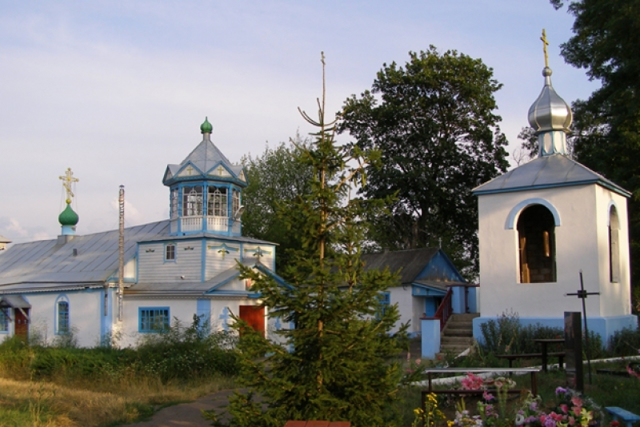
John the Baptist Church
Architecture , Temple
The Church of Saint John the Baptist in Holovanivsk is the oldest architectural building in the village, an architectural monument of local importance. Located in the center of Holovanivsk.
The church was founded in 1764 as a Greek-Catholic church at the expense of the Polish magnate Frantsishek Saleziy Potocki, who at that time owned the town. It was probably originally made of wood.
In the future, the temple was rebuilt several times, in particular in the middle of the 19th century, when it acquired its current appearance.
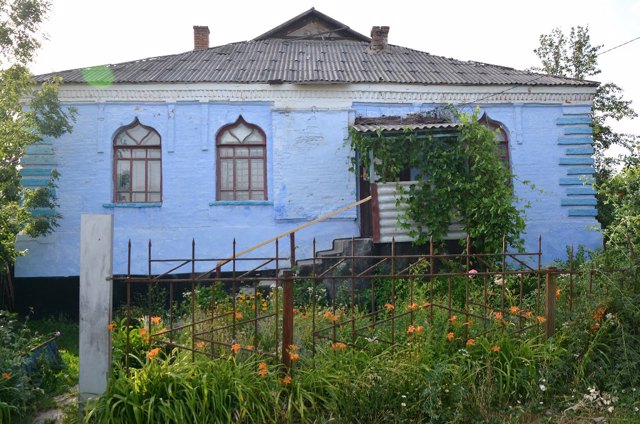
Synagogue
Temple , Architecture
Until the beginning of the 20th century, more than half of the population of Holovanivsk was Jews. One of several synagogues in the city has been preserved, located in the area of the market. It can be recognized by the windows in the pseudo-Moorish style.
Currently, the premises are occupied by the "Red Cross" department.
Reviews Holovanivsk
Geographical information about Holovanivsk
| {{itemKey}} | {{itemValue}} |
|---|---|
| Region |
Kirovohrad |
